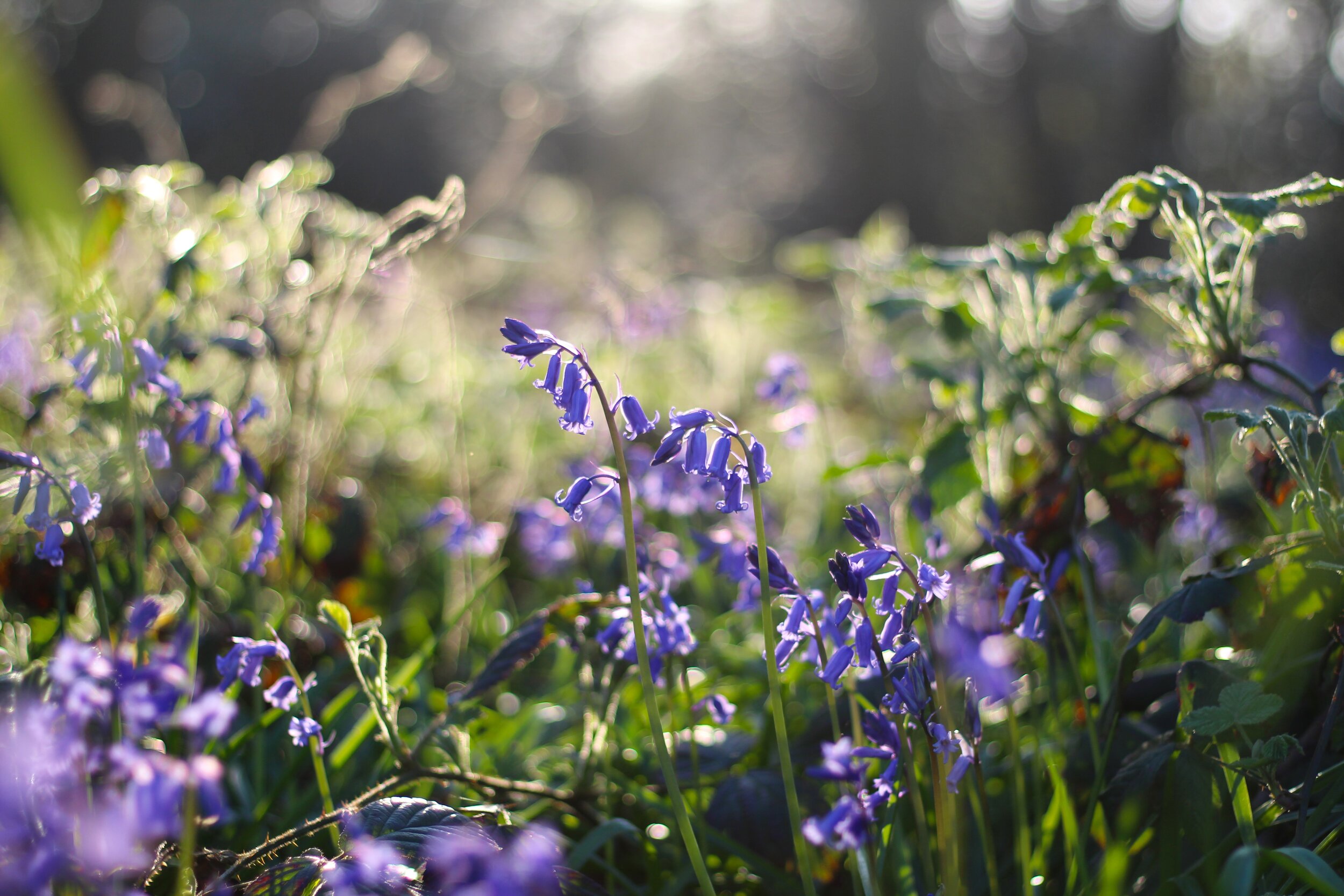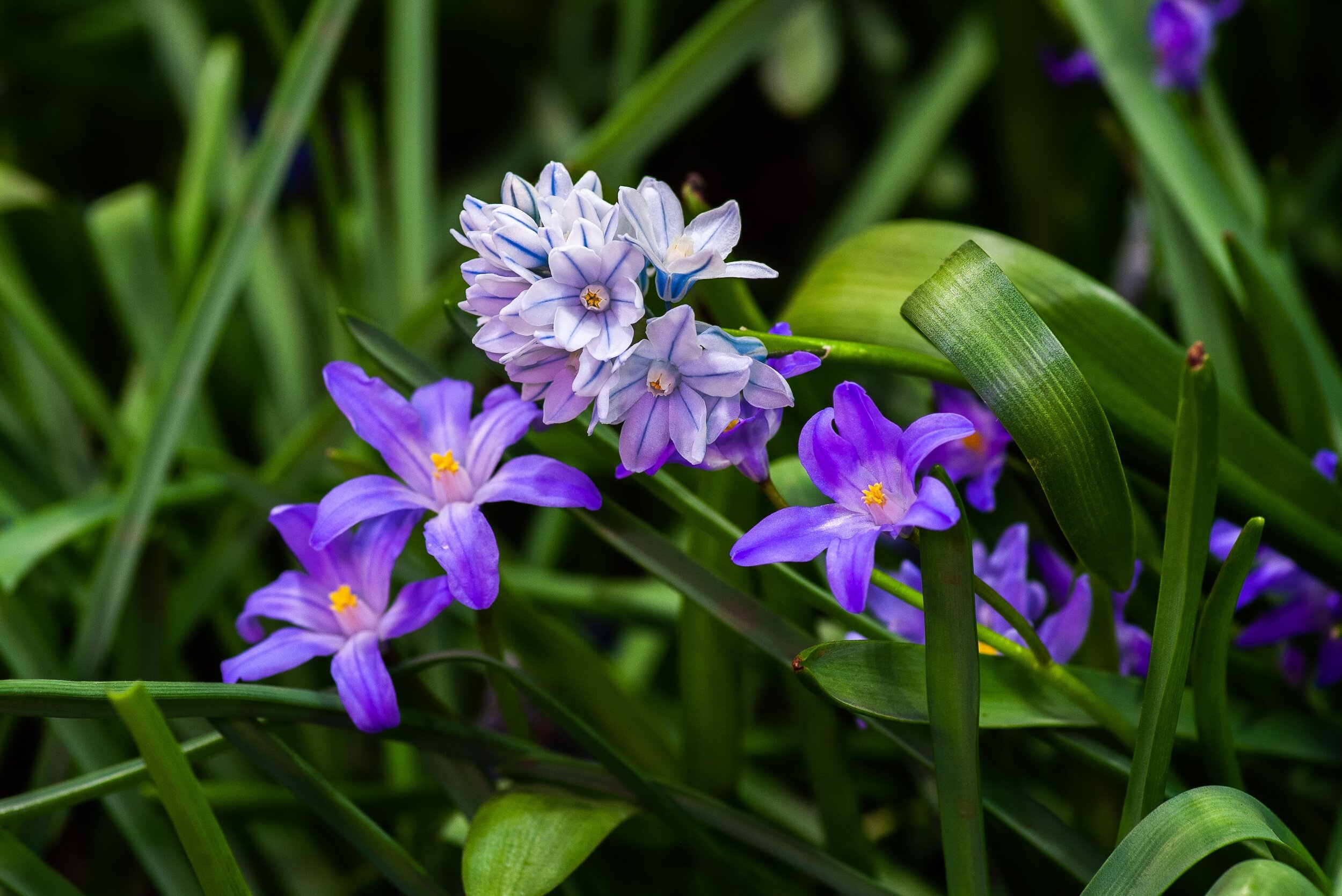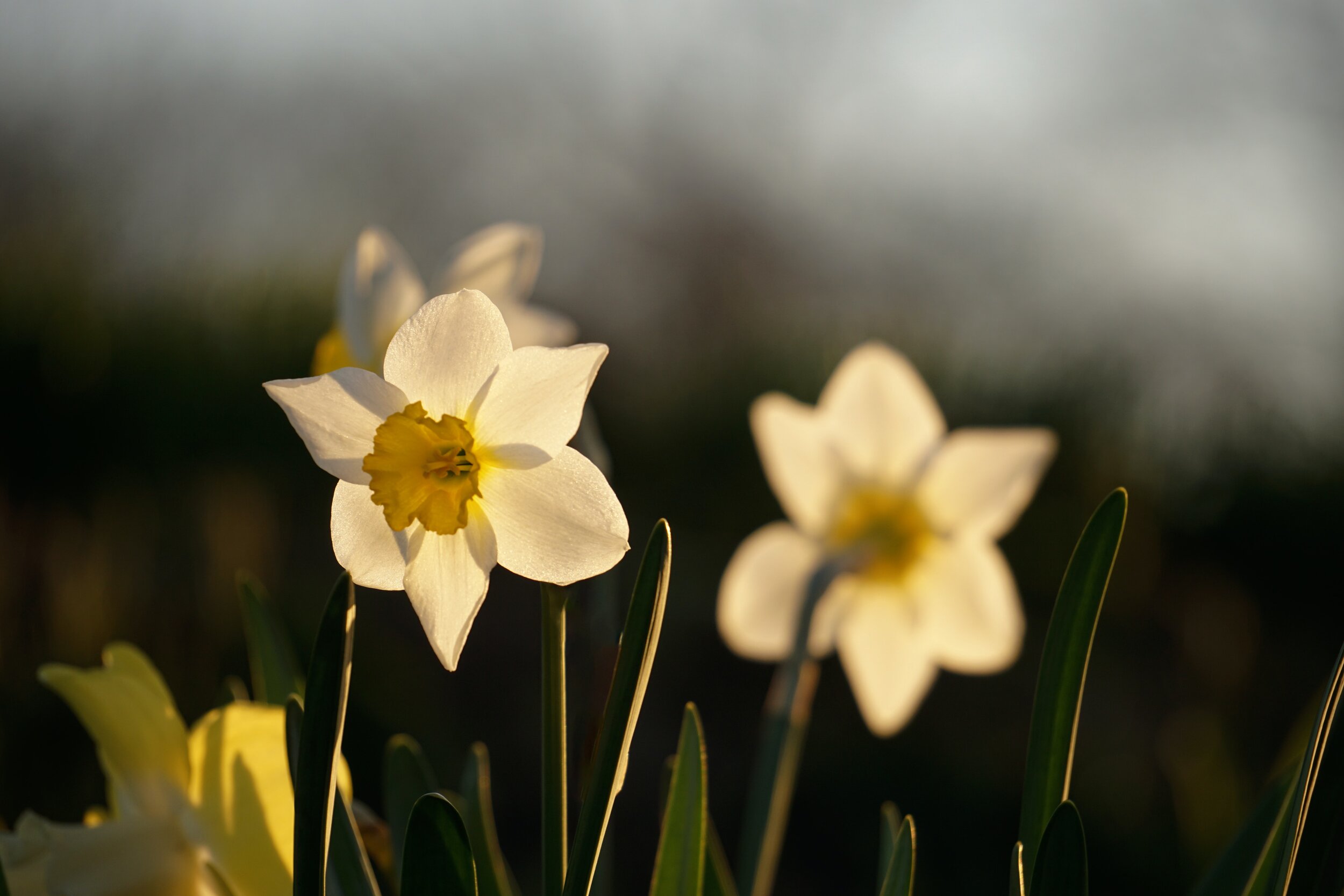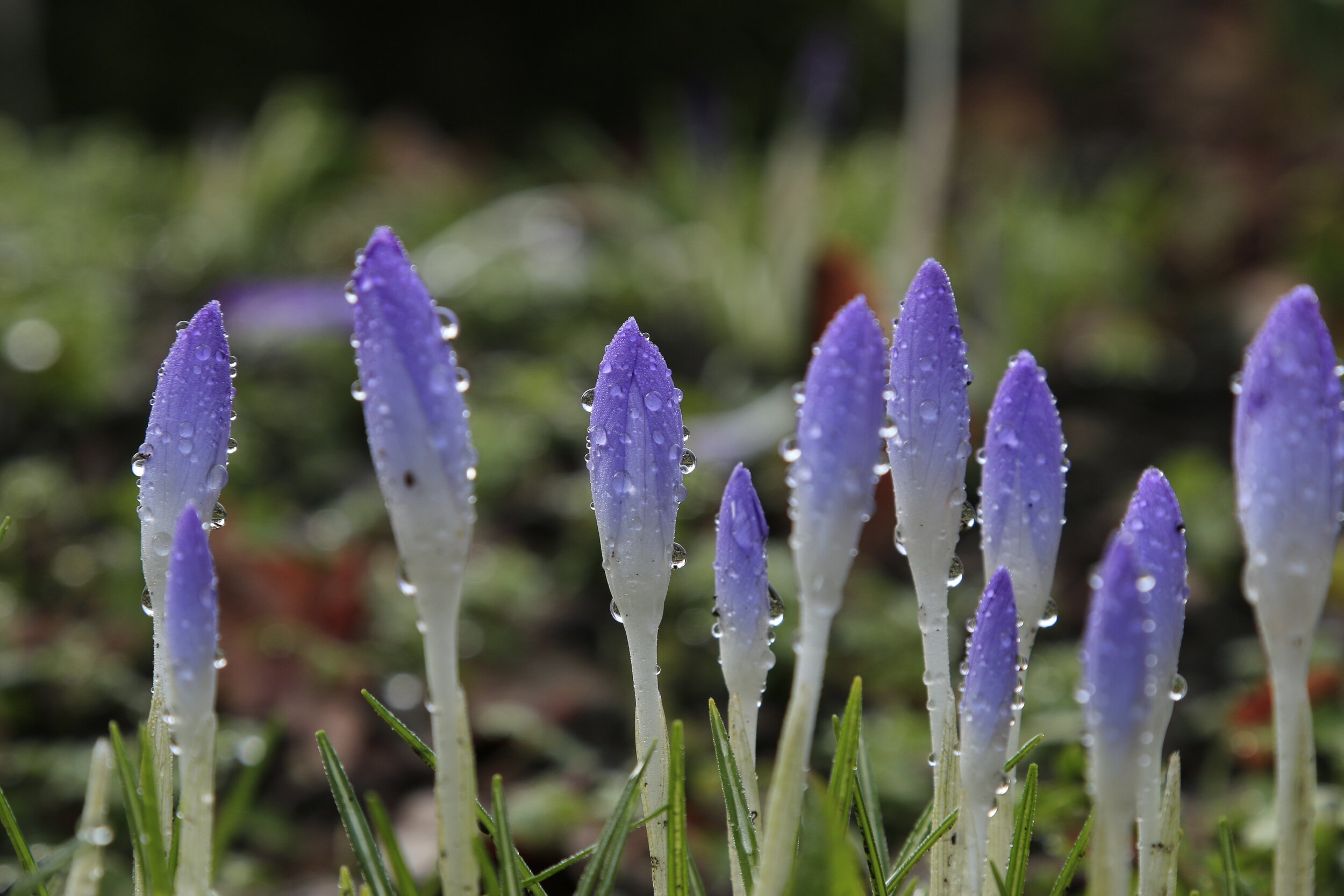Plant in Autumn to Bloom in Spring - Go Wild With the Best Naturalising Bulbs
What’s naturalising?
In gardening naturalising refers to planting special varieties of bulbs that spread freely and can bloom year after year. The plants not only return every year but they also multiply each season. They form clumps without needing much human help and they are growing as they would in the wild. This process is called naturalising. There are many species that are famous for naturalising well and for forming drifts on their own with very little care, like daffodils that thrive when naturalised. For example, daffodil bulbs might produce three flowers the first time after planting but then they divide and multiply every season making your garden look impressive and full of colour spring after spring.
Snowdrops-Photo by Kristine Cinate
Which are the best naturalising bulbs to plant in autumn?
Snowdrops (Galanthus). Galanthus, commonly called snowdrop, is a bulbous perennial plant native to Europe and southwestern Asia. Easy to grow and resilient to low temperatures. You can go wild and plant them in prominent places in your garden. Snowdrops will be back year after year. Plant them around trees, or at the base of hedges.
Best species: Galanthus nivalis (easy-going and reliable) appear in fairy tales, poems and stories. Flowering time: Feb-March. Galanthus nivalis ‘Flore pleno’ (double flowered) they flower for a long time. Flowering time: Feb - March. Galanthus elwesii is the largest snowdrop and the one that has the longest flowering time. Named after the English plant collector Henry John Elwes. Flowering time: Feb - April.
Crocus. Crocus is a flowering plant that comes back each year. They are early bloomers, they multiply and they set the tone for spring. Full of bright colour, the yellow crocus brings joy and symbolises hope as spring approaches. They can be left unattended for many years, they attract insects, they tolerate shade and they prefer a well-drained soil. Flowering time: Feb-March.
Bluebells (Hyacinthoides non-scripta). Sweetly scented, bell-shaped, blue flowers that bloom in April and May and are perfect for naturalising in large drifts in a shaded garden or under and around trees. Easily grown in well-drained soil, in full sun to part shade (although it can tolerate heavy shade). Bluebells go dormant in early summer. Flowering time: April-May.
Erythronium by Raf Wittebrood
Muscari. Spring-flowering bulbs with nectar-rich flowers that are popular with pollinating insects. Another perennial bulbous plant that is native to Europe and Asia. Muscari flowers resemble bunches of grapes. They are easy to maintain they need moist, well-drained soil and are doing okay in sun or shade. Once planted they will grow wild and spread around quickly. Flowering time: April-May.
Daffodils (Narcissus). Narcissus is the Latin name or botanical name for daffodils, There are 40 species of Narcissus and many more varieties. Their flowers are delicate and release a strong fragrance. Plant them together with Muscari and Crocus because they flower in succession and so your garden will always be in bloom mode. They need full sun or partial shade and well-drained soil. Flowering time: March.
Camassia. Native to North America they bloom and spread in fertile and moist soil and they require full to partial sunlight. They form clusters of foliage with star-shaped flowers and are perfect for naturalising in a meadow. They grow fast and their flowering period is short but their colours and the clusters they form absolutely worth it. Flowering time: May.
Cyclamen. They are native to Europe and the Mediterranean and unlike the Camassia, they prefer shade and well-drained soil. Early bloomers, doing better on the base of trees and shrubs and together with other flowers that love the shade. Flowering time: Jan-March.
Scilla Siberica. Also known as spring beauty Scilla has one of the most beautiful and pure blue blossoms. They thrive in full sun or partial shade. They need well-drained and fertile soil and they go great together with daffodils, crocus, and snowdrops. Scilla blooms early, just like the daffodils, and they multiply unattended for a year. Flowering time: March-April.
Planting Bulbs by Jana Schmidtcen
Why should you plant naturalising bulbs?
If you like a natural-looking garden, or if you want a colourful garden throughout spring, and even summer, naturalising bulbs are an inexpensive and easy way to do that. They can brighten up lawns, verges, and wildflower areas in spring. Choose bulbs that create drifts of flowers that will come back many more each season. Perfect if you have big unused areas in your garden or if there are corners or slopes that are difficult to plant. Naturalising bulbs are low maintenance, they attract bees and butterflies and they add dimension and boost your garden’s landscape with tons of colour. Planting bulbs is an easy task but if you have a specific plan or design in mind, if you have a big space to cover, then you might need help. You can always choose plants that grow with as little care as possible or plants that aren’t too fussy with weather conditions, like crocus, bluebells, and daffodils. All you need to do is find the space, scatter and dig in the bulbs, fertilise and wait for spring. Plant them in November and they will last many years.
More Tips & Advice?
If you need help with getting your garden projects going, or if you’d like to find out which improvements will work for your space, contact Botaniq for a consultation!
Content Editor Sofia Simeonidou






